My trips to The Galapagos have generated interesting Learning Lessons for me about people and organizational culture. Much like organizations, these islands are interesting, diverse and have a unique culture that is managed by people. There are many pressures from different directions and challenges of different kinds. First, a little perspective on things before I get into some key learning points.
The islands are very tightly protected because of their recognized global uniqueness. And in 2021, the government of Ecuador expanded the protected marine environment protecting more than 2,900 marine species including rare ones such as marine iguanas. A collaboration between Costa Rica and Ecuador is just the beginning of the goal of creating an “ocean highway” to run through Ecuador, Colombia, Panama, and Costa Rica, called the Eastern Tropical Pacific Marine Corridor.
The Galapagos are volcanic islands located about 1,000 km off the coast of Ecuador and composed of 127 islands, islets and rocks, of which 19 are large and only 4 are inhabited, with 97% of the total land declared a National Park in 1959. Human settlements are restricted to the remaining 3% in specifically zoned rural and urban areas on four islands. The islands have 13 species of the Galapagos finches, which are the basis of Charles Darwin’s theories and which have confirmed that evolution occurs, given measurement of beak size changes year-to-year based on environmental factors.
The islands are surrounded by the Galapagos Marine Reserve which was created in 1986 (70,000 km2) and extended 133,000 km2 in 1998 and expanded again in 2022 to its current size of nearly 200,000 km2, making it one of the largest and most important marine reserves in the world. The 600-mile isolation of the archipelago allows for very unique species of animals and the isolation of the islands from one another allows for different species to appear between the islands. The uninhabited islands are very strictly controlled, with carefully regulated tourist itineraries limiting visitation. Around 30,000 people live on the islands and approximately 200,000 tourists visit each year.

These islands inspired Charles Darwin’s theory of evolution by natural selection following his visit in 1835. And these islands also generated some initial thoughts on people and performance for ME in 2023 about the evolution of organizations and governments.
What are some Learning Lessons from visiting The Galapagos that apply to corporate cultures and themes of change and leadership?
• What strikes you first on a visit is the absolute calmness. The animals are not bothered by people and people are not bothered by the animals. This has always been the case, And the general rule today is that people can look and take pictures (while avoiding using flashes) but need to maintain a small distance. You can stand close and see the sea lions and iguanas and boobies simply doing their natural thing paying no attention to you. It is really amazing to experience. (And it reminds you of the probable reality that humans cause most of the disruptions in the world.)
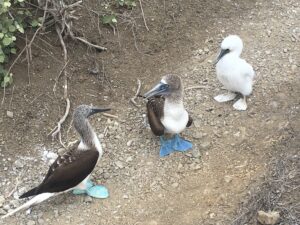
The natural state of things seems to be “chill” and because the animals are pretty cool and so are the people. There is not the normal “chaos of the city” when it comes to how people behave. One does not experience fear nor anxiety being near these creatures (although it is, admittedly, scary when you have to ascend steps and an 8-foot male sea lion is sleeping on most of the 9-foot wide stair step!). You simply walk around and among the wildlife and can get up to 4 feet from a pelican, for instance! These animals are NOT “tame” but simply chill — they ARE wild animals!
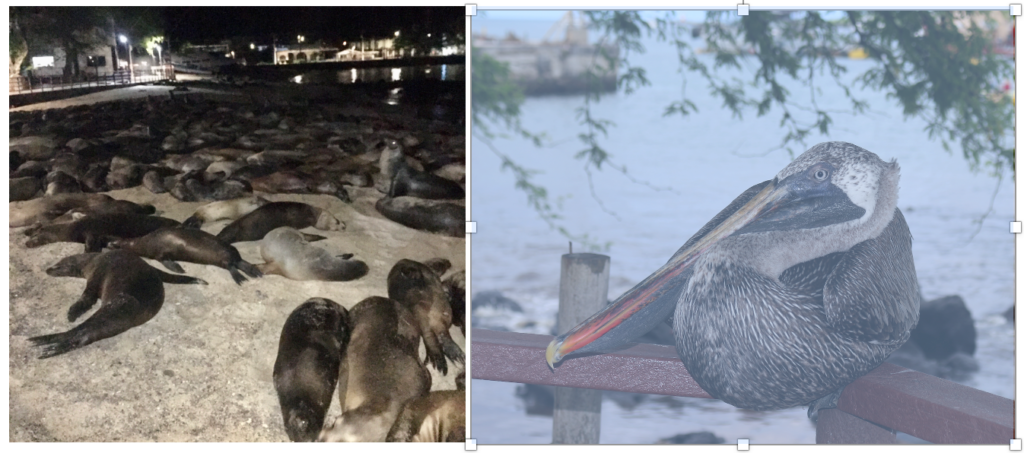
The animals just do what they normally choose to do. Boobies go through their mating dances, marine iguanas sleep in the sun and occasionally go swimming for algae on the sea floor, sea lions feed their young and leave to go hunting, and the turtles slowly swim along and sink to the bottom to feed. Tortoises move about to find food and to mate.
• The normal state of affairs is one of MUTUAL TRUST. This is shown in the tolerance displayed between humans and animals, which do not interact. There is no fear and one finds that humans are basically ignored. The tolerance is unique and vey observable — and I can remember only two instances where an animal seemed to pay me any attention at all.
One experience was when a young sea lion chose to play and perform all around ME, even blowing bubbles in my face. Amazing. Watch the short video below and note that this was very very unusual in my experience. No one had ever seen such a thing, not even the guides. (The other was on a hike when a mockingbird apparently took offense at my being too close to her nest, I think.)
• Some animals DO need help. In particular, humans have dramatically interfered with the many tortoise species. Sailors of old would take them on their journeys, since the tortoise converts fat into water and can live up to a year on little intake, this makes them perfect sources of meat for long trips. Populations were decimated as hundreds of thousands were taken, bringing them to near extinction on some islands. Now, facilities exist to raise the babies until they are much less likely to be predated on by dogs, cats, rats and pigs and other non-native, invasive species. Their only natural predator is The Galapagos Hawk. And some humans, of course.
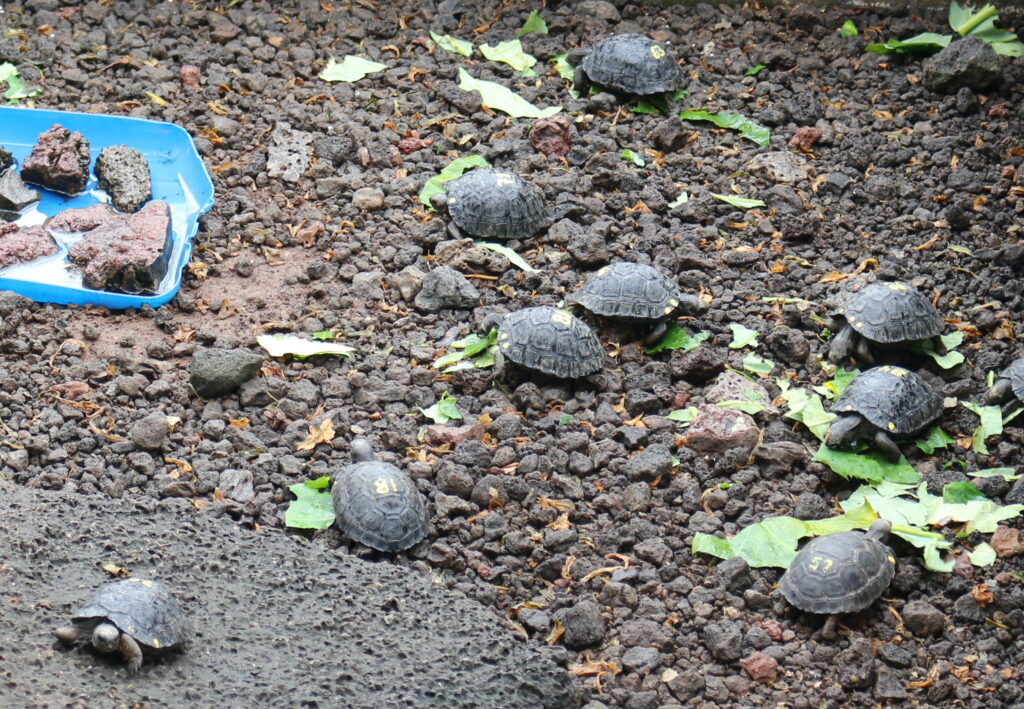
So, tortoise populations are managed by capturing just-born babies and raising them in a support center for a few years, allowing them to grow and mature. They need this help to continue to develop, just as people do within an organization, of course. And, mating tortoises can be done with a sense of humor:
The recognition that some protections are needed to help people and animals feel safe is important to the overall culture of the islands. And this holds true within any organization, that people need help and support and protection to continue to grow. People need to feel there is honesty, trust and kindness in their workgroups in order to minimize conflict and fear. People need to be supported to develop and grow.
• Protection of the culture is critical, as is Kindness. Like humans raiding the islands for tortoises for food for their ships or introducing goats as a possible food source and thus decimating endemic / indigenous native species, managers need to be aware of the impacts of their decisions on the ecology and culture. Treating people with kindness creates very positive impacts, for example. Here is a great article on the impacts of kindness on performance results.
• Collaboration is much more critical to long term success. This is the KEY Learning Point, I think.
To protect our earth, we must have better collaboration between “island countries” and a focus on protecting ALL the islands, everywhere. (Rats introduced to one may somehow migrate to another location and bad managers also seem to move about…)
Costa Rica and Ecuador now work together to expand protected waters, while 300 Chinese fishing boats fish on the border for a year taking whatever catch they can, based on reports. So, the international community responds with satellite tracking and other actions to keep these Chinese ships out of the newly enlarged and protected fishery.
The battle to preserve nature is a continuing one. It’s the same for organizations because it is critically important that all managers protect their employees and the organization from the actions of a bad player, generating the need for mission statements, engagement surveys and other kinds of protective actions.
Collaboration needs to be inter-departmental, inter-divisional
and inter-organizational to be optimally effective.
and
Interdepartmental Collaboration remains an oxymoron
in many organizations.
Interdepartmental Collaboration remains this oxymoron in many organizations unless leadership takes direct action to address it. This is part of any culture war to make improvements. The barriers to getting overall performance improvements are often blocked by competition between those departments that should be working together to optimize customer service or quality or sales.
Note that the “US Auto Wars with Japan” in the 1960s and 70s eventually improved global car quality dramatically and generally resulted in dramatic improvements in collaboration and cost reductions between these international companies, to the betterment of all players. The quality of US cars in the 60s was horrible (but I still liked my 1965 GTP and my 1968 Corvette!), and quality has dramatically improved globally. The current collaborations around electric cars, battery technologies and software to manage operations continues to be a major influence on the industry to reduce pollution and improve driver safety.
We also need this inter-organizational collaboration on key issues of global environmental protection, immigration, food production, clean water and so many other critical frameworks that affect people around the globe. Continued competition is impacting the survival of all the animals of the planet and creating massive extinction of so many different species, even possibly mankind.
I hope that these comments were interesting and insightful. Let’s do more and more collaboration within and between organizations and work hard to impact trust and kindness. We can choose to make our world a better place! Do It!
Addendum: Progress continues for the environment — May, 2023:
Credit Suisse has bought up $1.6 billion worth of Ecuador’s bonds, freeing up cash for conservation of the country’s unique Galapagos Islands in what is set to be the biggest debt-for-nature swap ever struck. With Ecuador also expected to issue an eco-friendly ‘blue bond’ as part of the plan, it is poised to the biggest ‘debt-for-nature swap’, as these increasingly-popular kinds of transactions are known, struck to date.
Thursday’s buyback saw just over $1 billion in face value of Ecuador’s 2035 bond repurchased at 38.5 cents on the dollar, $202 million of a 2030 note bought at 53.25 cents and $420 million of a 2040 bond bought at 35.5 cents, Credit Suisse said. This money represents savings to Ecuador with the monies to be spent on more protection and resources for this territory.
https://cuencahighlife.com/in-debt-for-nature-swap-credit-suisse-buys-bonds-with-proceeds-going-to-galapagos-conservation/
—
For the FUN of It!
 Dr. Scott Simmerman is a designer of team building games and organization improvement tools. Managing Partner of Performance Management Company since 1984, he is an experienced presenter and consultant who is trying to retire!!
Dr. Scott Simmerman is a designer of team building games and organization improvement tools. Managing Partner of Performance Management Company since 1984, he is an experienced presenter and consultant who is trying to retire!!
He now lives in Cuenca, Ecuador.
You can reach Scott at scott@squarewheels.com
Learn more about Scott at his LinkedIn site.
Here is a 2-minute overview of our new online, virtual team building game that focuses on inter-organizational collaboration and performance optimization: https://youtu.be/6sFUOTjdUVg
Square Wheels® is a registered trademark of Performance Management Company
The Search for The Lost Dutchman’s Gold Mine is a trademark of Performance Management Company
Square Wheels images © Performance Management Company, 1993 – 2023. All rights reserved.

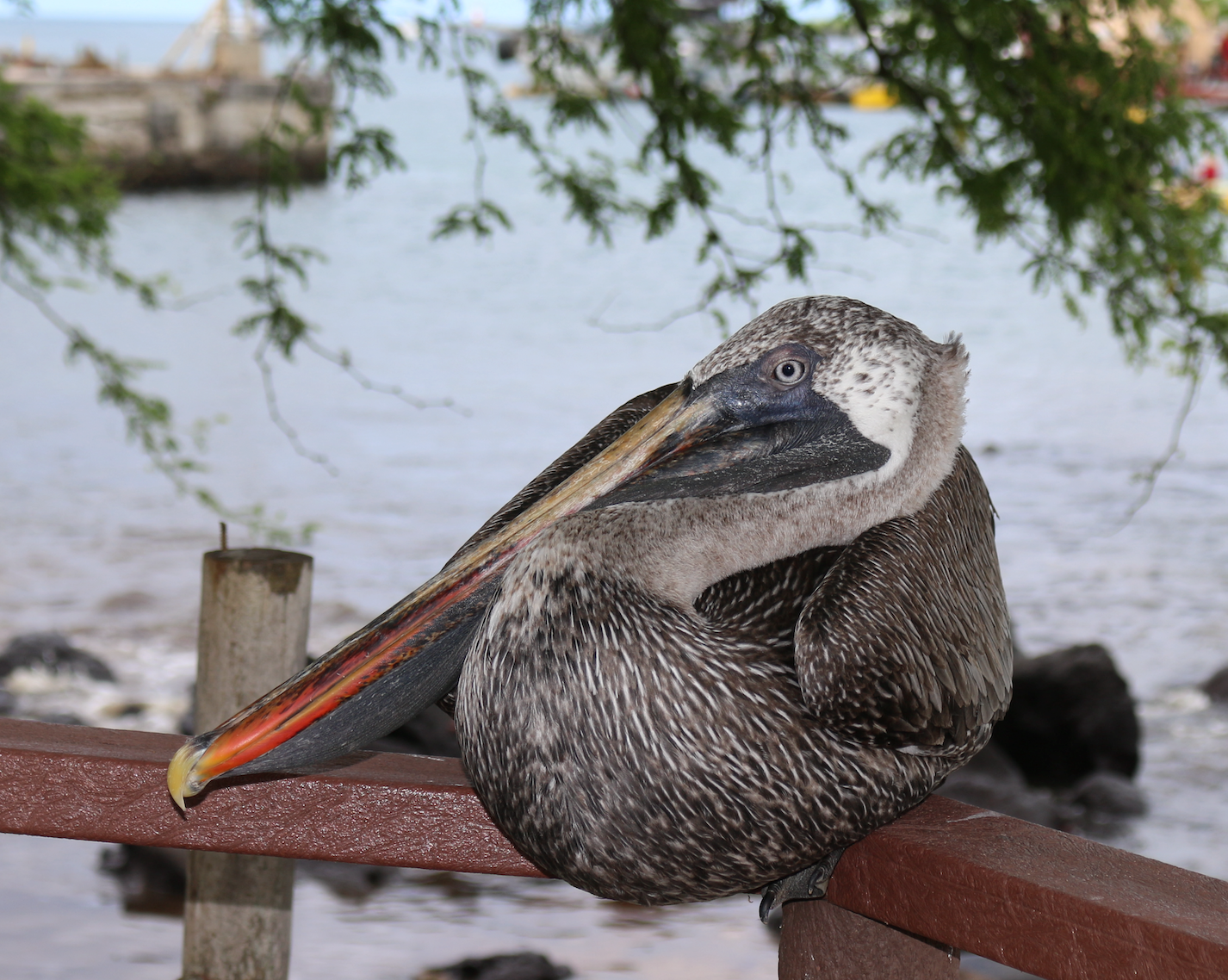
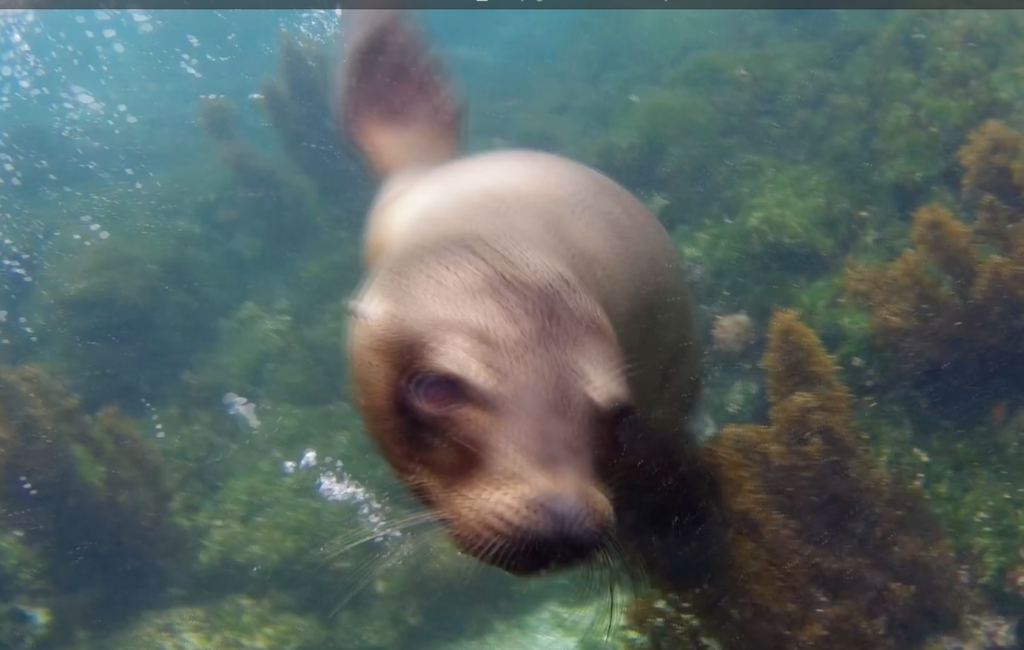
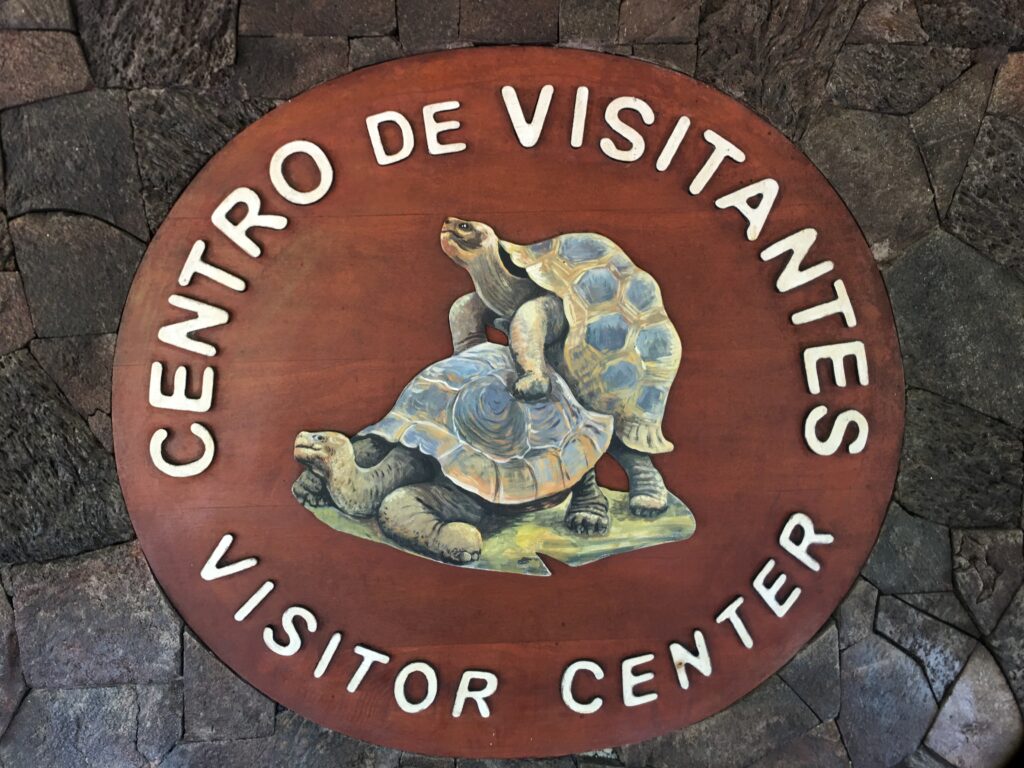


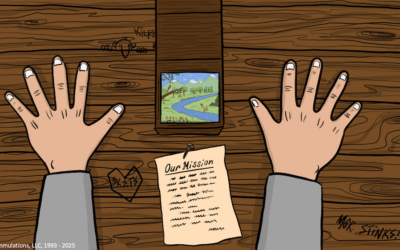
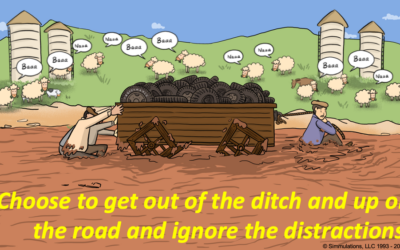
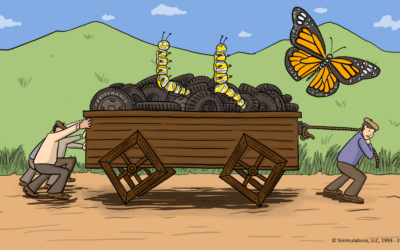
0 Comments